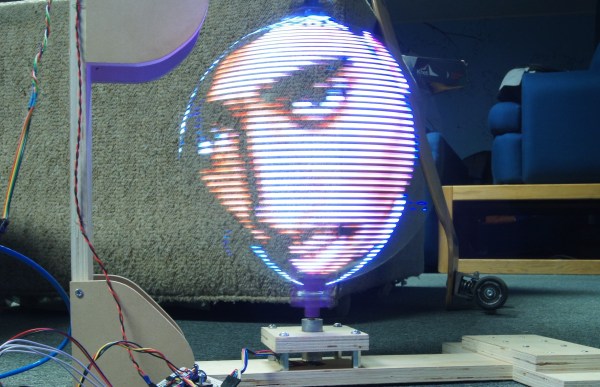In a few hours, millions of fresh-faced children will be tearing open presents like the Leap TV, a Wii for the pre-school crowd that has a number of educational games. And, once they get bored with them, what could be more educational than fighting your way through a horde of demons to save the earth? Yup, [mick] has hacked the Leap TV console to play Doom. After some poking around he discovered that the Leap TV is built around a quad-core nxp4330q arm7-A processor, with 1GB of RAM and 16GB of flash memory, while the controller links to the main console using Bluetooth LE. That’s more than enough to run Doom on (in fact… too much), so he whipped out his handy compiler and got Doom and SDL running with only a few minor code changes.
This isn’t [Mick]s first such hack: he previously hacked the V-Tech InnoTab, a cheap tablet for kids, which persuaded the manufacturers to release the full source code for the tablet. Will Leapfrog follow suit? That remains to be seen, but in the meantime, [Mick]s work gives us some insight into the internals of this device.





 Both [Voja Antonic] and [Nava Whiteford] will be attending this year’s 32C3, which runs from Sunday the 27th through Wednesday the 30th.
Both [Voja Antonic] and [Nava Whiteford] will be attending this year’s 32C3, which runs from Sunday the 27th through Wednesday the 30th. Shmoocon
Shmoocon
 The Cantenna (not the Pringle’s kind; see right) was a famous dummy load design when Heathkit was in business. It was a single carbon rod immersed in a paint can full transformer oil (which we now know was full of
The Cantenna (not the Pringle’s kind; see right) was a famous dummy load design when Heathkit was in business. It was a single carbon rod immersed in a paint can full transformer oil (which we now know was full of 











